Horse owners in Australia understand the importance of proper nutrition for their equine companions. A well-balanced diet plays a crucial role in maintaining a horse's overall health, performance, and well-being. This comprehensive guide to horse feed in Australia will cover the essentials of equine nutrition and help you make informed decisions about your horse's dietary needs.

Understanding the factors that influence a horse's nutritional requirements is essential. These factors include age, growth, activity level, health, and environment. By considering each of these elements, you can create a tailored feed plan that caters to the specific needs of your horse.
One useful tool for managing your horse's nutrition is the Feed cost calculator provided by DPI NSW. This calculator helps you estimate the daily, weekly, and monthly feed requirements for your horse, as well as the associated costs.
To develop a personalised feed budget for your horse, follow these six steps: estimate the weight and condition of each horse, categorise your horses, determine their nutritional needs, analyse the nutritional values of common feeds, calculate each horse's daily feed consumption, and ensure that the chosen feed meets their nutritional requirements.
By following this comprehensive guide to horse feed in Australia, you'll be equipped with the knowledge needed to provide your horse with a well-rounded and nutritious diet. With proper nutrition, you can expect improved health, performance, and overall happiness for your equine companion.
Understanding the Nutritional Needs of Horses in Australia
Proper nutrition is crucial for the health and performance of horses. The nutritional needs of horses in Australia can vary depending on several factors, including age, growth, activity, health, and environment. In this section, we will explore these factors to help you better understand the nutritional requirements of your horse.
Factors Affecting Nutritional Requirements
The nutritional needs of horses can be influenced by several factors. These include:
- Age: Young horses require more protein and minerals to support growth, while older horses require more fibre and less protein.
- Growth: Horses in a growth phase require more energy, protein, and minerals than mature horses.
- Activity: Horses with a higher level of activity, such as performance horses, require more energy and protein than horses with a lower level of activity.
- Health: Horses with certain health conditions, such as those with metabolic disorders, may require special diets with restricted amounts of certain nutrients.
- Environment: Horses living in hot climates or experiencing high levels of stress may require more electrolytes and water to maintain hydration.
Nutritional Requirements According to Age, Growth, Activity, Health and Environment
It is essential to understand the nutritional requirements of your horse based on its age, growth, activity level, health, and environment. The table below provides general guidelines for daily energy and protein requirements based on different categories of horses in Australia:
How to Calculate Horse Feed Costs in Australia
Proper nutrition is crucial for the health and performance of your horse. To ensure your horse receives the proper amount of feed, you need to calculate the feed costs. In Australia, you can use the Feed Cost Calculator on the DPI NSW website to determine the feed costs.
Steps to Create a Daily Feed Budget
To create a daily feed budget, you need to follow six steps:
Step 1: Estimate the weight and condition score of each horse
To determine the weight and condition score of each horse, you can refer to the Condition scoring and weight estimation of horses or use a weight tape.
Step 2: Separate your horses into categories
Refer to columns 1 and 2 of Table 1 to separate your horses into categories based on their daily energy and protein requirements.
Step 3: Determine the nutritional needs of each horse
Using Table 1, determine the nutritional needs of each horse based on their category.
Step 4: Ascertain the nutritive values of common feeds
Table 2 provides the average nutritive values of common feeds. Use this table to determine the nutritive values of the feeds you plan to provide to your horses.
Step 5: Determine how much feed each horse can consume daily
Horses can consume about 1.5 to 2% of their body weight in dry feed each day. To calculate a feed budget, use 1.7% of the horse's body weight to ensure the horse consumes the full amount of feed.
Feed Cost Calculator on the DPI NSW Website
The Feed Cost Calculator on the DPI NSW website is a simple tool that allows you to determine the cost of feeding your horses. It takes into account the weight, age, and activity level of your horse, as well as the type of feed you plan to provide.
Determining Nutritional Needs of Horses Using Table 1
Table 1 provides the daily energy and protein requirements for different categories of horses. Use this table to determine the nutritional needs of your horses based on their category.
Nutritive Values of Common Feeds Using Table 2
Table 2 provides the average nutritive value of common feeds. Use this table to determine the nutritive values of the feeds you plan to provide to your horses.
Calculating Daily Feed Consumption for Horses
To calculate the daily feed consumption for your horses, multiply the weight of the horse by the percentage of feed the horse can consume each day. For example, a horse that weighs 500kg can consume 8.5 to 10kg of feed each day (1.7% of body weight).
In conclusion, calculating the feed costs for your horses is essential to ensure they receive the proper nutrition. Use the Feed Cost Calculator on the DPI NSW website, follow the six steps to create a daily feed budget, and use Table 1 and Table 2 to determine the nutritional needs and nutritive values of the feeds.
Types of Horse Feed in Australia
When it comes to feeding horses in Australia, it is important to understand the different types of feed available and their nutritional value. Here are the most common types of horse feed in Australia:
Hay and Chaff
Hay and chaff are the most commonly used types of roughage for horses in Australia. They are made from dried grasses and are high in fibre, which is essential for maintaining digestive health in horses. Hay and chaff come in different varieties, including lucerne, meadow, and oaten. It is important to choose the right type of hay and chaff for your horse, depending on their age, weight, and activity level.
Grains
Grains are a popular source of energy for horses. They are high in carbohydrates and provide horses with the energy they need for exercise and other activities. Common grains used in horse feed in Australia include corn, barley, and oats. It is important to feed grains in moderation and to choose the right type of grain based on your horse's needs.
Pellets and Cubes
Pellets and cubes are a convenient way to feed horses and are made from a variety of ingredients, including grains, hay, and supplements. They are easy to store and transport, making them popular with horse owners who travel frequently. Pellets and cubes are available in different formulas, depending on the horse’s nutritional needs.
Supplements
Supplements are an important part of a horse’s diet and can be used to provide additional nutrients that may be lacking in their feed. They come in various forms, including powders, liquids, and pellets. Common supplements include vitamins, minerals, and probiotics. It is important to choose supplements that are appropriate for your horse's needs and to follow the recommended dosage.
In conclusion, it is important to choose the right type of horse feed in Australia based on your horse's age, weight, and activity level. A well-balanced diet that includes roughage, grains, pellets, and supplements can help maintain your horse's health and performance.
Choosing the Right Feed for Your Horse in Australia
As a horse owner, one of the most important decisions you will make is choosing the right feed for your horse. The right feed will help your horse maintain optimal health, provide energy for performance, and support their overall well-being. However, with so many different feeds available in Australia, it can be overwhelming to make the right choice. In this section, we will discuss the factors to consider when choosing the right feed for your horse and some of the most common horse feed brands in Australia.
Factors to Consider in Choosing the Right Feed
When choosing the right feed for your horse, there are several factors to consider. These include:
- Age: The age of your horse will determine their nutritional requirements. Younger horses will need more protein and minerals to support their growth, while older horses may require feeds that are easier to digest.
- Breed: Different horse breeds have different nutritional needs. For example, thoroughbreds may require more energy-dense feeds to support their high activity levels.
- Activity level: The amount of exercise your horse gets will also affect their nutritional requirements. Horses in heavy work will need more energy, while horses in light work may require less.
- Health status: If your horse has any health conditions, such as laminitis or colic, their nutritional needs may be different. You may need to choose a feed that is low in sugar and starch or one that is easily digestible.
- Budget: Finally, you will need to consider your budget. Different feeds come at different prices, so you will need to choose a feed that is within your budget.
Common Horse Feed Brands in Australia
There are several horse feed brands available in Australia, each with its own unique formulations and benefits. Here are some of the most common horse feed brands in Australia:
| Type of Horse | Mature Weight (kg) | Daily Live Weight Gain (kg/day) | Digestible Energy (MJ DE) | Crude Protein (g) |
|---|---|---|---|---|
| Weanling (4 months) | 400-500 | 0.85-1.00 | 56-60 | 256-825 |
| Weanling (6 months, moderate growth) | 400-500 | 0.55-0.75 | 54-62 | 287-850 |
| Weanling (6 months, rapid growth) | 400-500 | 0.70-0.95 | 60-96 | 372-960 |
| Yearling (12 months, moderate growth) | 400-500 | 0.40-0.65 | 65-71 | 995-1102 |
| Yearling (12 months, rapid growth) | 400-500 | 0.50-0.80 | 71-95 | 611-1271 |
| 18 months old | 400-500 | 0.25-0.45 | 66-82 | 810-1077 |
| 2 years old | 400-500 | 0.15-0.30 | 64-80 | 980-998 |
| Maintenance | 400-500 | N/A | 56-68 | 168-766 |
| Pregnant (9 months) | 400-500 | N/A | 62-76 | 190-947 |
| Pregnant (10 months) | 400-500 | N/A | 63-91 | 596-165 |
| Pregnant (11 months) | 400-500 | N/A | 67-88 | 661-1024 |
| Lactating (foaling to 3 months) | 400-500 | N/A | 95-118 | 1142-1711 |
| Brand | Description |
|---|---|
| Pryde's EasiFeed | Pryde's EasiFeed offers a range of feeds for horses of all ages and activity levels. Their feeds are formulated using high-quality ingredients and are designed to support optimal health and performance. |
| Mitavite | Mitavite is a popular feed brand that offers a range of feeds for horses in all stages of life. Their feeds are designed to provide high-quality nutrition to support optimal health and performance. |
| Coprice | Coprice offers a range of feeds for horses, including pellets and muesli mixes. Their feeds are formulated using high-quality ingredients and are designed to support optimal health and performance. |
| Pegasus | Pegasus offers a range of feeds for horses, including muesli mixes, pellets, and supplements. Their feeds are designed to provide complete and balanced nutrition to support optimal health and performance. |
When choosing a horse feed brand, it is important to read the labels and choose a feed that is appropriate for your horse's age, breed, activity level, and health status. You may also want to consult with a veterinarian or equine nutritionist to ensure that you are choosing the right feed for your horse.
In conclusion, choosing the right feed for your horse is an important decision that requires careful consideration. By taking into account your horse's age, breed, activity level, health status, and budget, you can choose a feed that will support their optimal health and performance.
Conclusion
Feeding your horse can be a complex process, but it is essential for their overall health and performance. With this comprehensive guide to horse feed in Australia, you now have access to all the information you need to make informed decisions about your horse's diet. By using the feed cost calculator and following the six steps outlined in the guide, you can ensure that your horse is receiving the right amount of nutrients for their age, growth, activity, health, and environment. Remember to consult with a veterinarian or equine nutritionist if you have any concerns or questions about your horse's diet. With proper nutrition and care, your horse can thrive and reach their full potential.


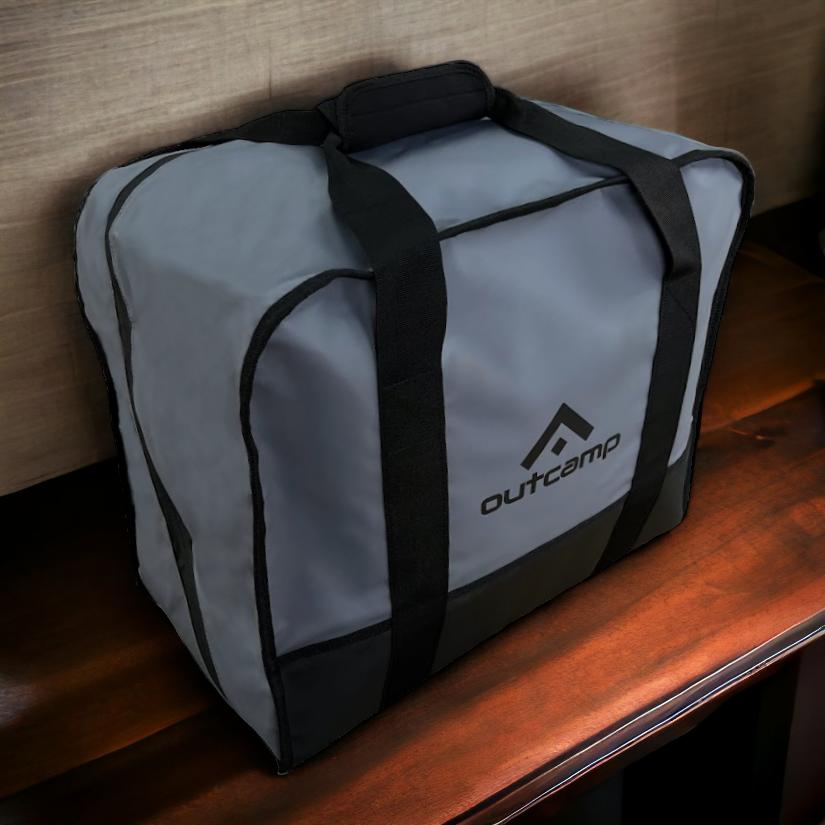
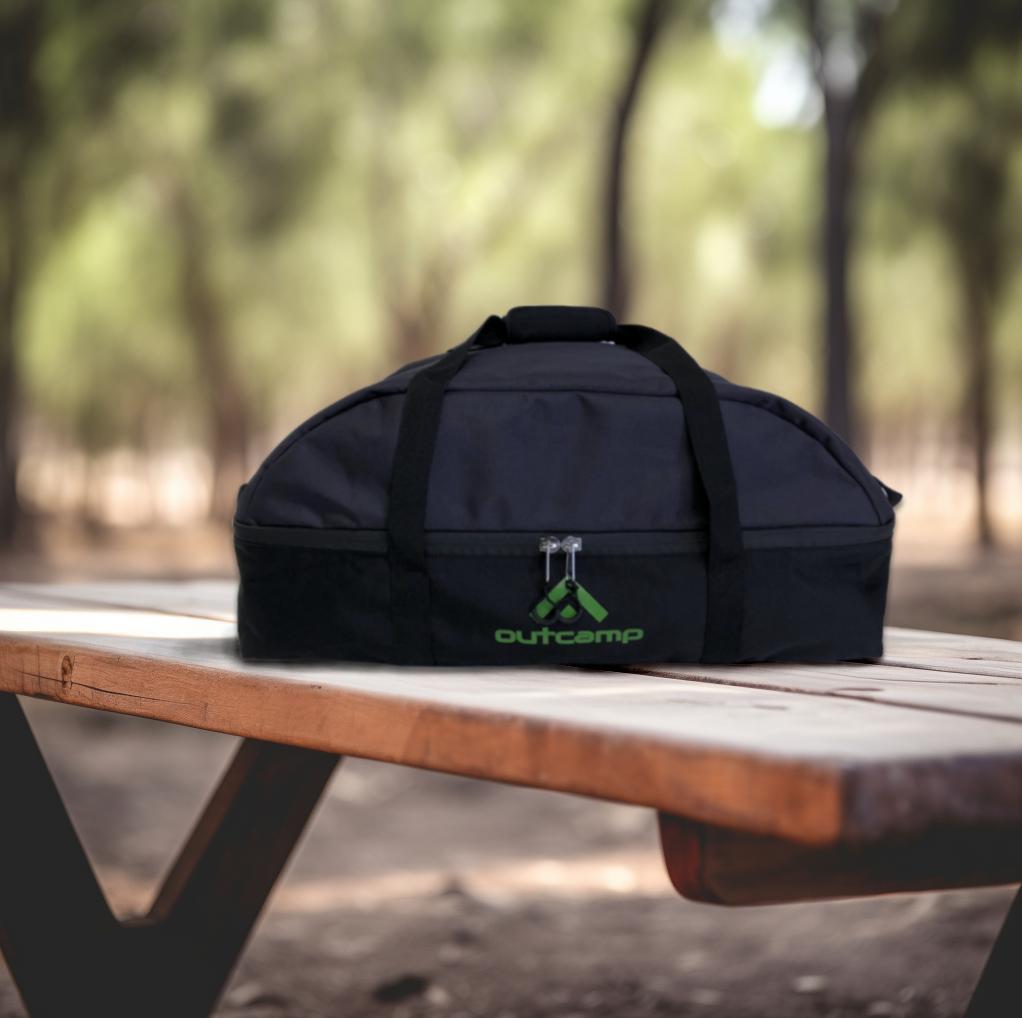
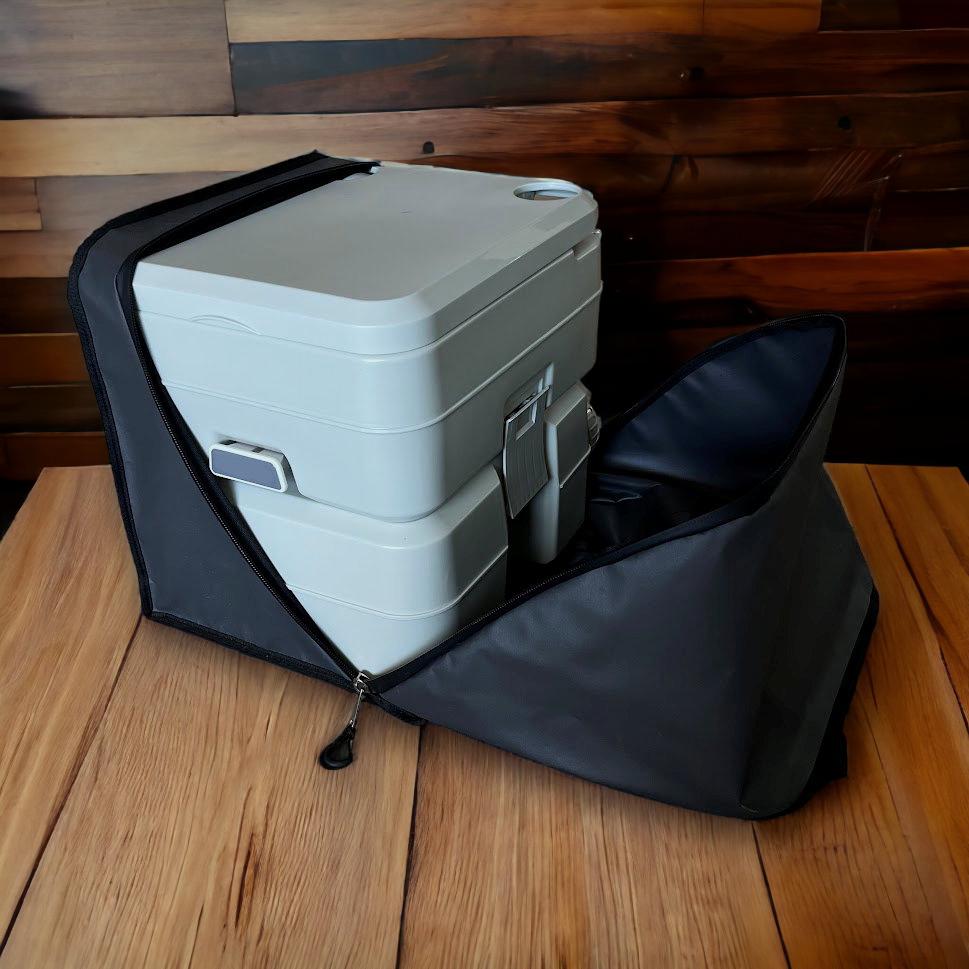
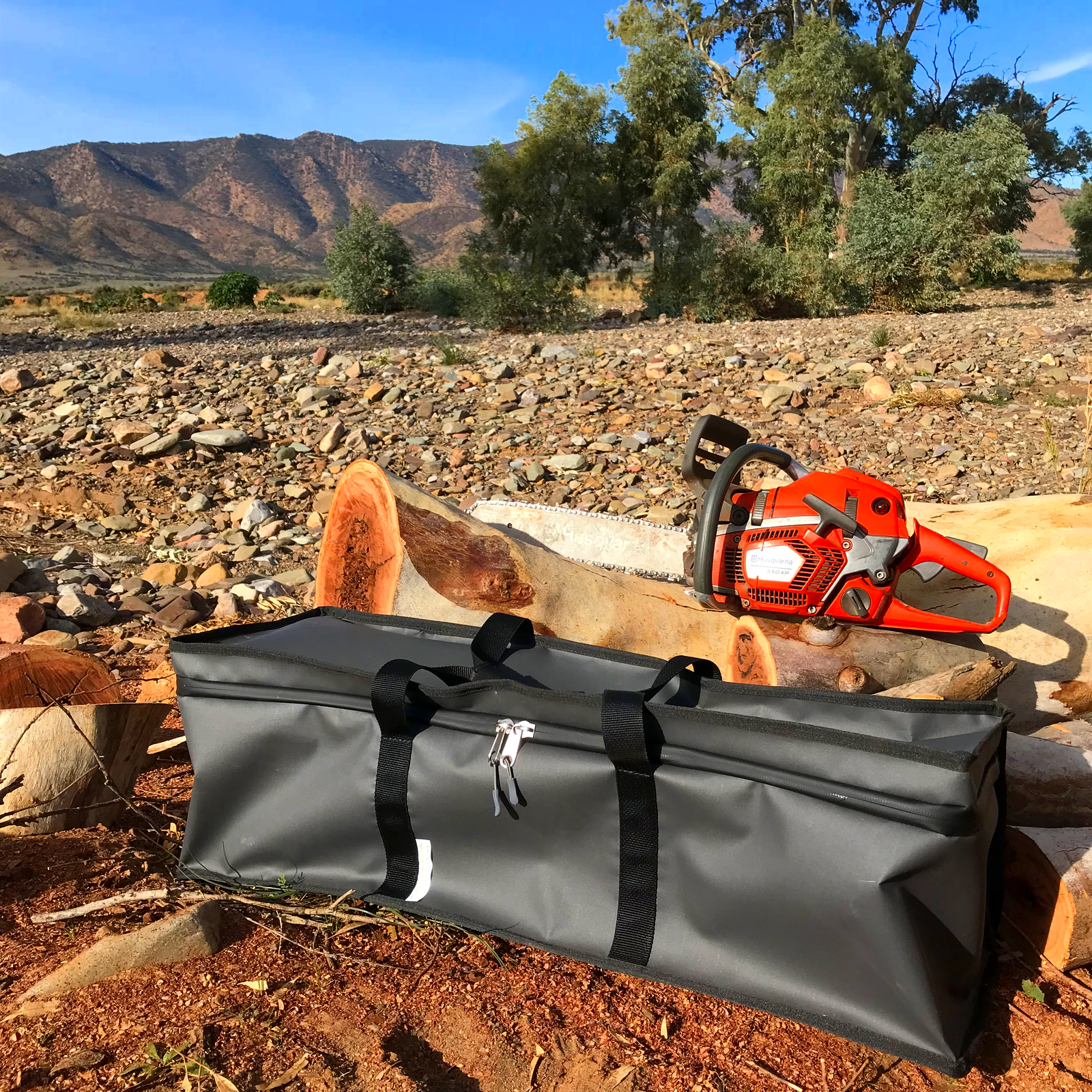
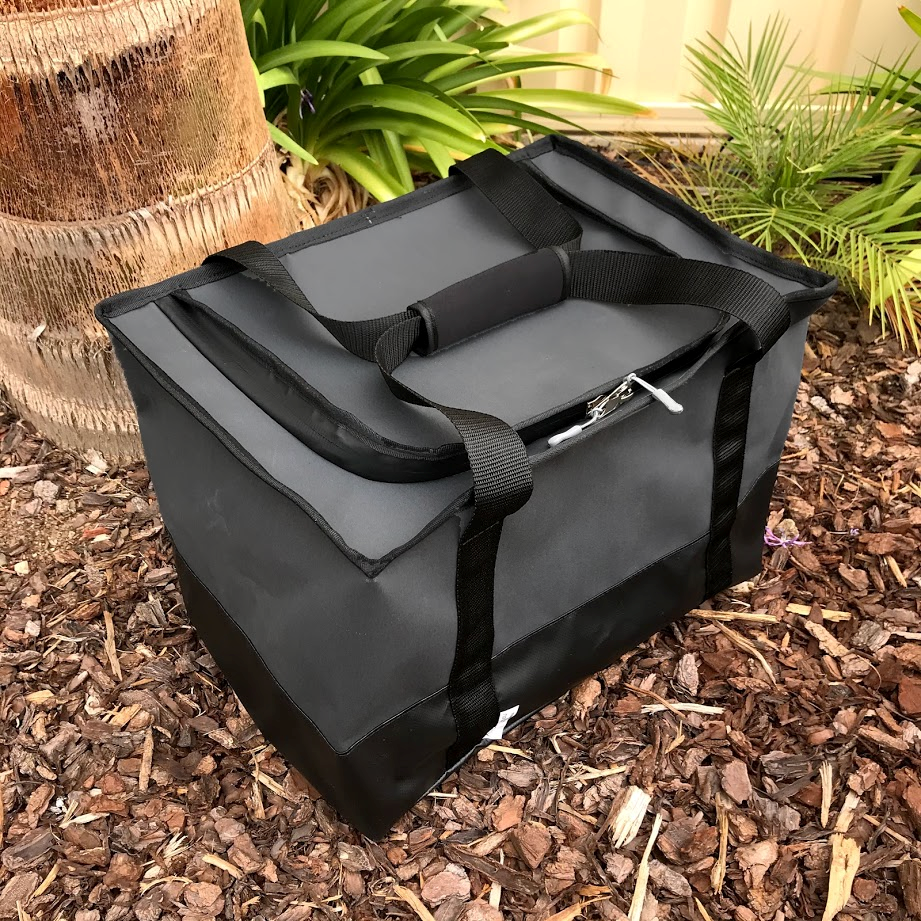

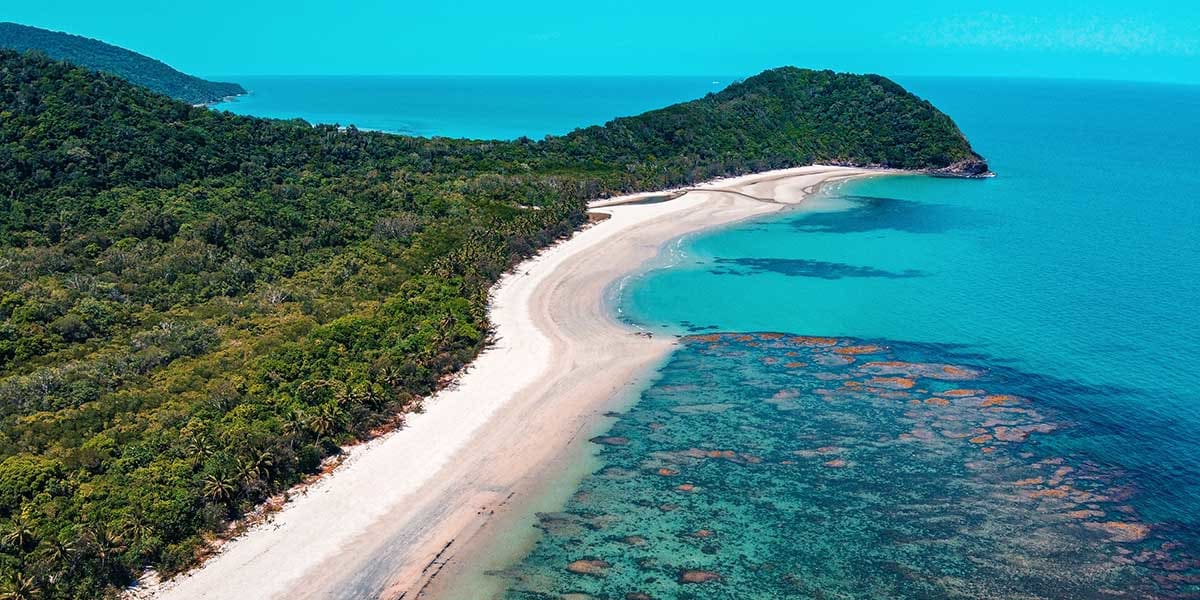
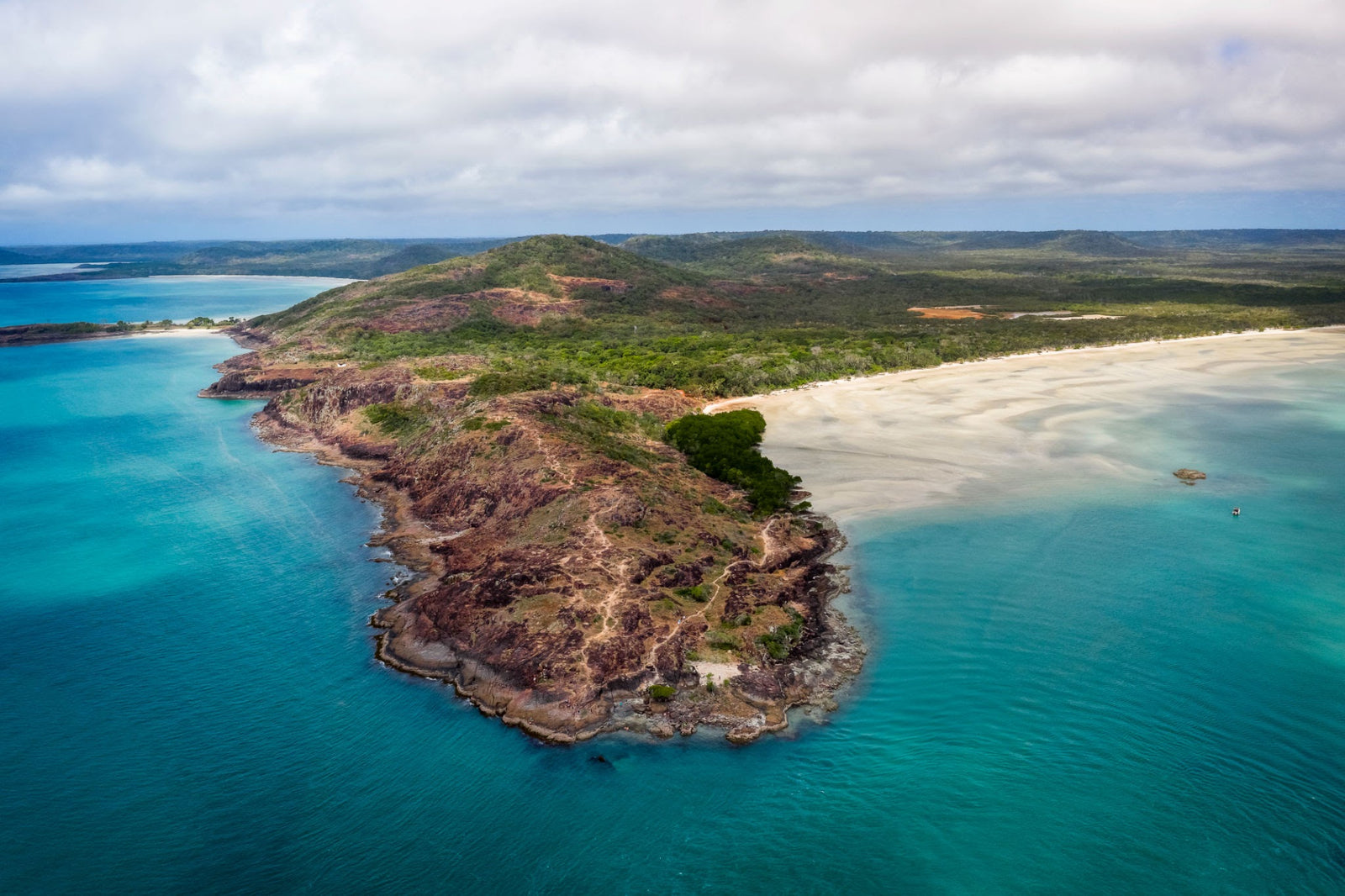

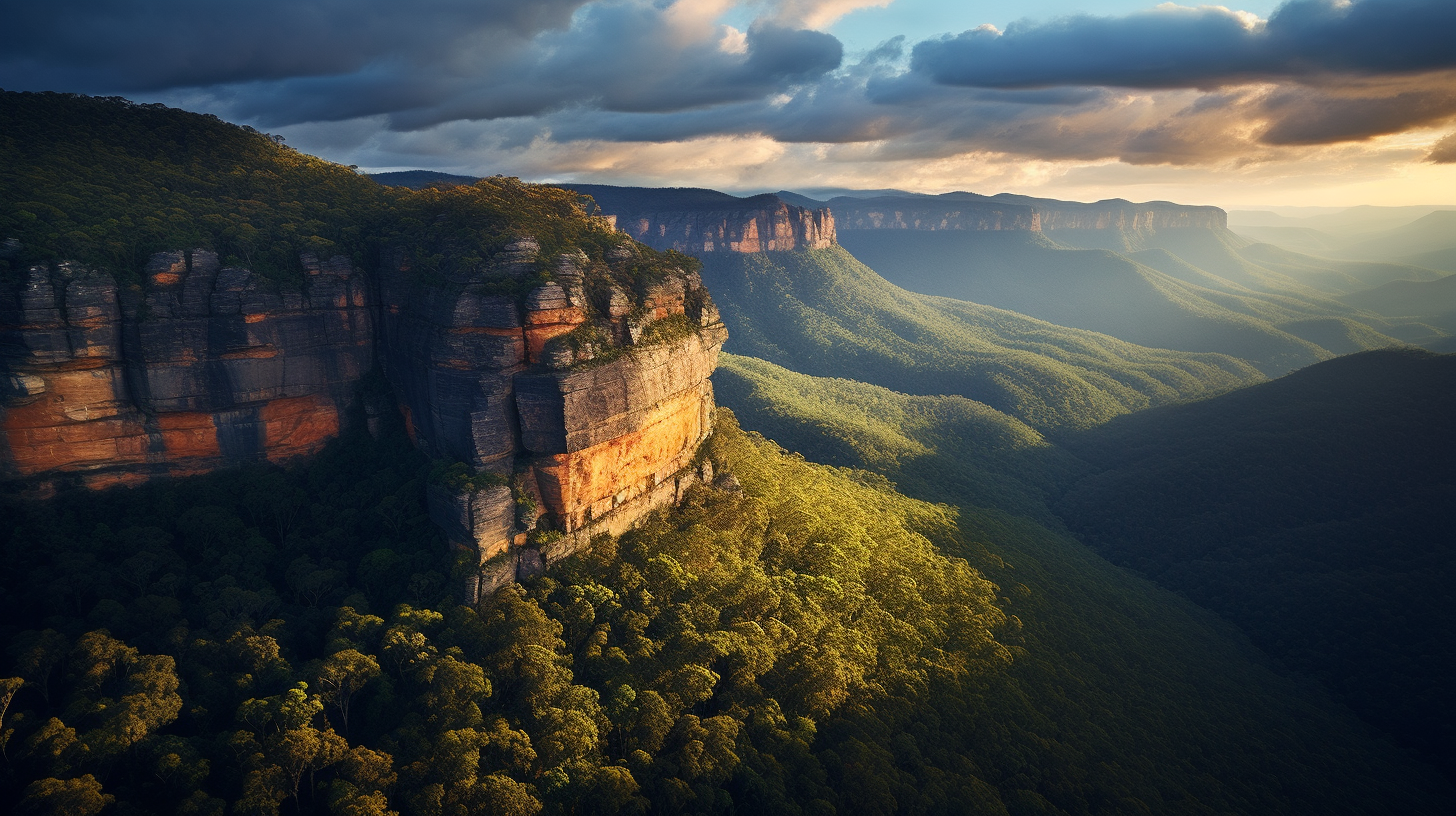
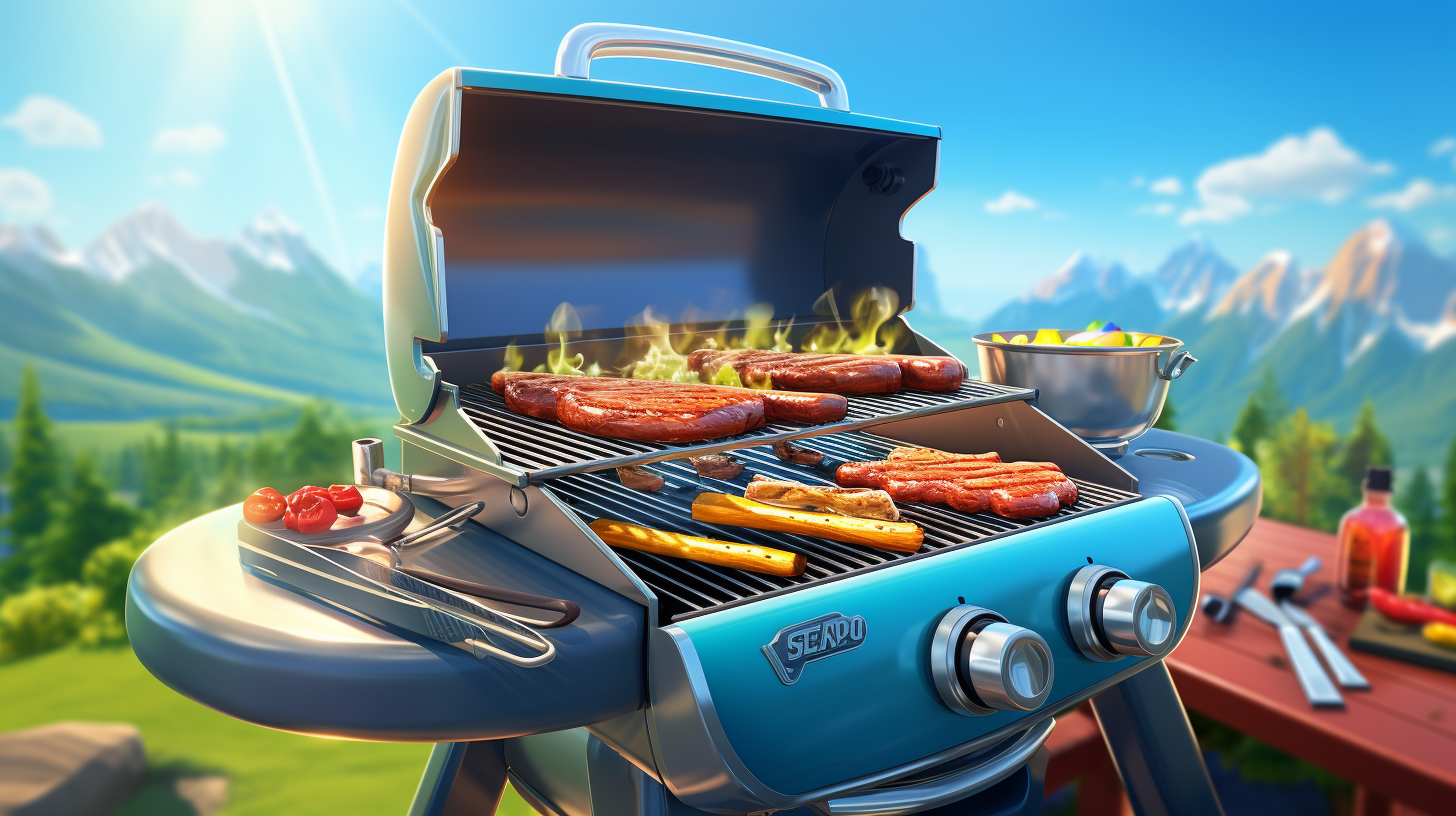
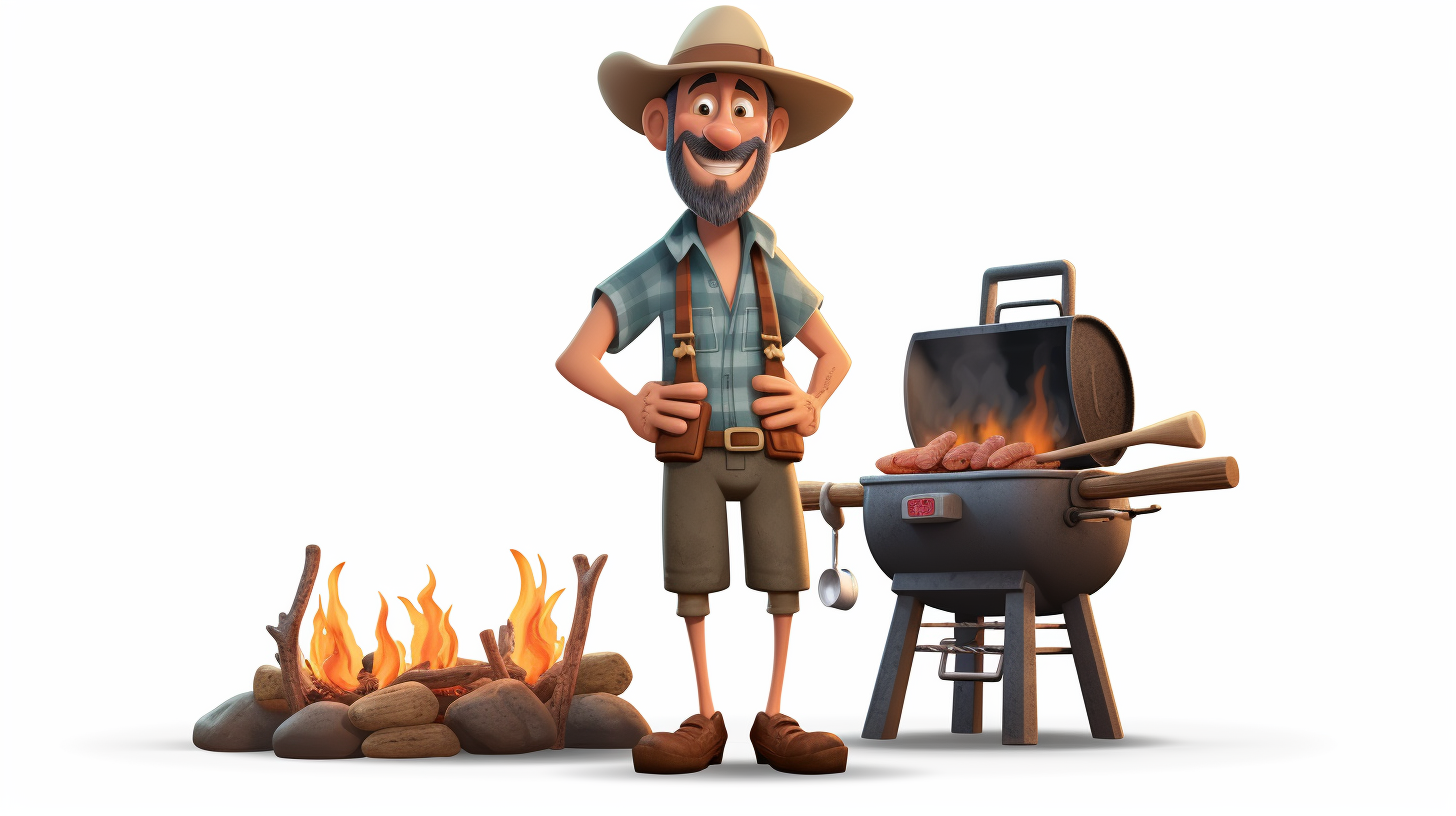
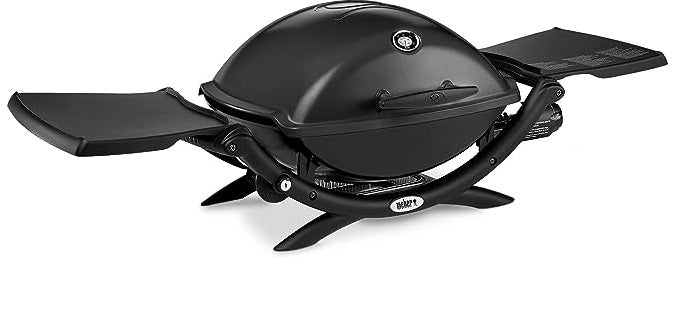
Leave a comment (all fields required)